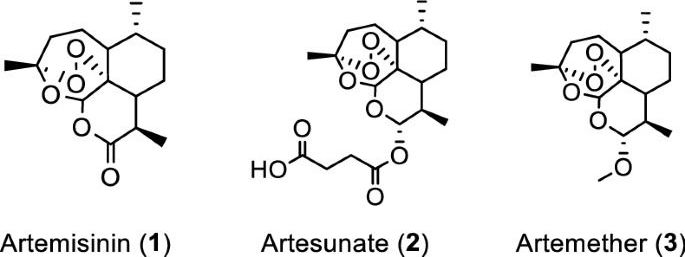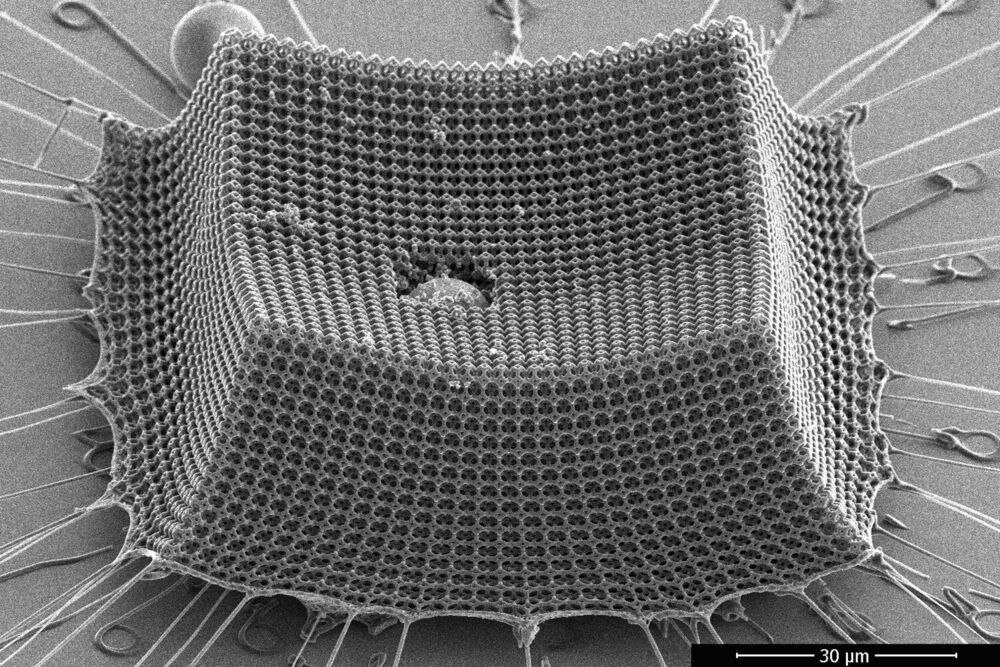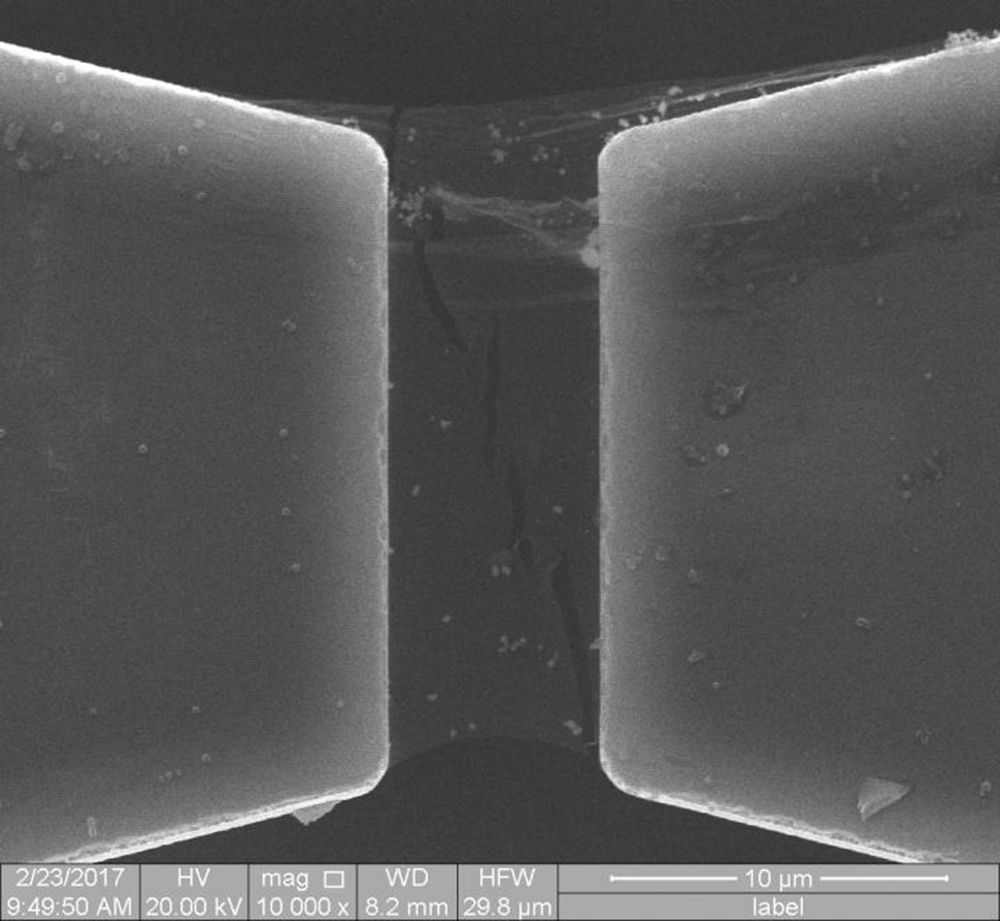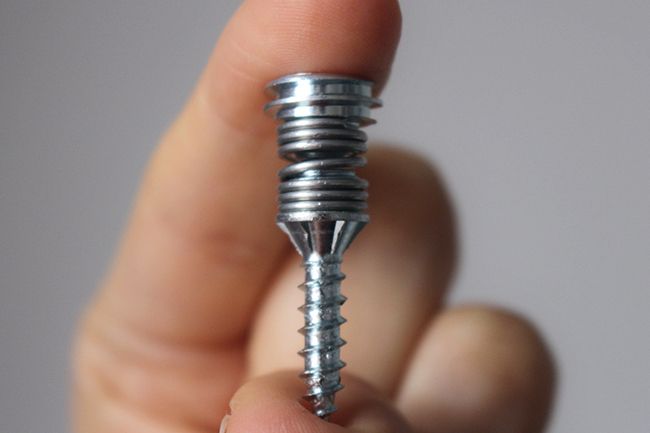Amazing.
While Venice may be home to the first 3D-printed concrete footbridge to be constructed entirely sans reinforcement or mortar, the similarly canal laced city of Amsterdam, not to be outdone, has unveiled the world’s first 3D-printed steel pedestrian bridge. The long-awaited project, first announced in 2015, was dedicated on the Oudezijds Achterburgwal canal in the city’s Red Light District on July 15. The ceremony was attended by Her Majesty the Queen of the Netherlands, Máxima, who was assisted by a ribbon-cutting robot during the festivities.
Spanning nearly 40 feet across the canal, the curving 6-ton stainless steel structure was constructed by Amsterdam-based 3D metal printing technology company MX3D using a wire arc additive manufacturing process that marries advanced robotics with welding. With the aid of four robots, the entire printing process took just six months. The completed bridge, designed by Joris Laarman Lab with Arup serving as lead engineer, was first unveiled in October 2018 during Dutch Design Week. Several load-testing rounds followed, the last of which was carried out in the fall of 2019 with plans to install the structure in early 2020. However, ongoing site prep work at the canal delayed the factory-produced bridge’s installation to just last week.
As reported by the Associated Press, the stainless steel structure, dubbed the MX3D Smart Bridge, will remain in place for at least two years while the footbridge that previously spanned the canal undergoes renovation.









